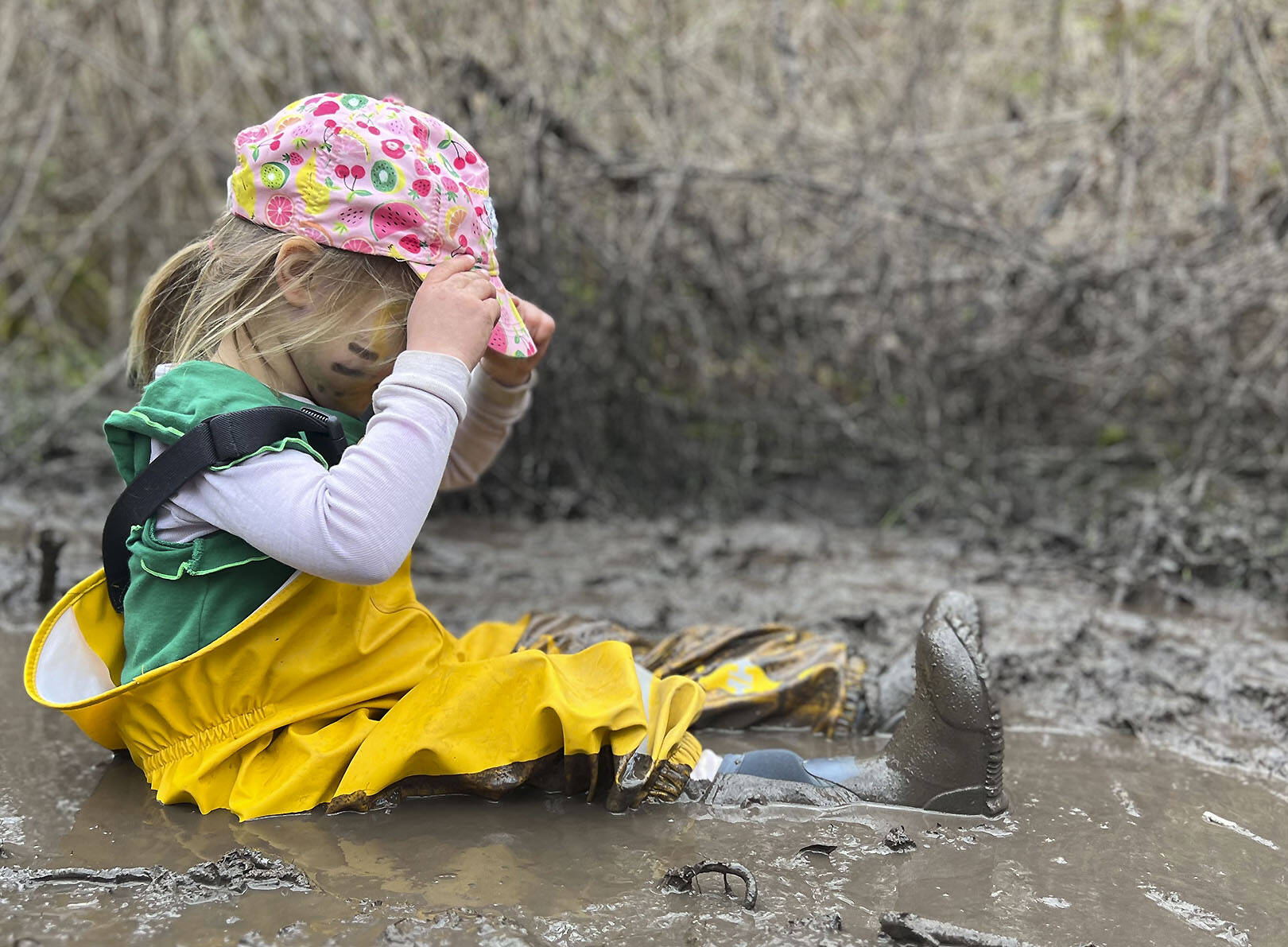Bainbridge Islanders are known for their love and appreciation of the natural environment. But what inspires that passion, and how does it spread?
For BI kids, it starts from Day 1.
The BI School District recently approved five overnight field trips for classes from Mosaic, Odyssey and Ordway schools. Students will visit YMCA Camp Seymour in Gig Harbor, NatureBridge in Port Angeles and Soundview Camp in Longbranch to learn about ecology in the Pacific Northwest. “That’s a huge tradition on our island, and it’s always a great experience for our students,” school board president Mark Emerson said.
Washington state education standards require that all students, kindergarten through 12th grade, engage with the environment and sustainability in some capacity. The policy is a bit different than other state requirements—there is no test for proficiency, and no stipulation that it must occur at each grade level. Rather, it’s designed to support the “core curriculum” of science, humanities, mathematics, global education and career prep.
But not all kids in Washington grow up with nature readily accessible, and that is where BI’s legacy of outdoor education comes in. The BI school system emphasizes a strong connection to nature in its students, and several on-island and Kitsap-local programs offer outdoor learning for students statewide.
Magnolia Forest Preschool introduces students as young as 2 to outdoor learning. Magnolia has seven locations around the Peninsula, but the Bainbridge school is unique; it shares a campus with The Island School, a private elementary school with its own outdoor education curriculum, and has more permanent facilities than its sister programs in public parks.
Children “hike” to their outdoor classroom, where they spend the day climbing trees, working in a mud kitchen, reading in a library and sharing stories. They also enjoy large outdoor building blocks, a stage, a small garden, a climbing rope and instruction from a professional herbalist.
Students are largely autonomous, cofounder Brandyn Boyd said, because the whole philosophy of outdoor education is to center play — “the vehicle through which children learn everything.”
Boyd added: “In our classroom, there are three teachers: the first is the grownups, the second are [student’s] peers […] and the third teacher is the environment. The forest shows up for us every day and brings something new.”
Nature’s lessons for older students look similar. At IslandWood, an environmental education nonprofit adjacent to Blakely Elementary, kids between 4th and 6th grade have the opportunity to explore 250 acres of living classroom guided by graduate students with dual enrollment at Islandwood and the University of Washington. They go on hikes, check out ponds and streams, play games, build and create art, tackle challenges and learn to ask questions like a scientist. It may resemble summer camp, but it’s a formative learning experience, CEO Megan Karch said.
“Lots of children come to IslandWood who say, ‘I’ve never seen a mushroom or a woodpecker,’ or ‘I’ve never seen so much green,’” Karch said.
The vast majority of kids IslandWood serves come from off-island, Karch explained, mainly from schools in Seattle and the East Sound. Many students arrive with a rigid idea of what a scientist looks like — usually a white man in a lab coat with a beaker — but after they leave, that image has completely changed. “They start to think of themselves as scientists and as risk-takers,” Karch said. “Students leave with a sense of discovery, care, adventure and a desire to learn more.”
The IslandWood curriculum is intentionally open-ended. Educators arrive with their own goals and learning strategies for their class, but most of the inquiry that goes on is student-led. If aquatic invertebrates capture the class’s interest, for example, students are encouraged to investigate further — by putting the bug under a microscope, maybe, or finding out more about pond habitats.
It’s one thing to have a nice day in the woods, but a key element of outdoor education is stepping out of your comfort zone, Karch said. Classes engage in teambuilding ropes courses, climb IslandWood’s 120-foot canopy tower or paddle themselves to the middle of a large pond. “Some teachers say this brings out strengths in kids that they don’t see in the classroom,” said Karch. “When they lean into discomfort, there’s this sense of, ‘I did it.’”
A few IslandWood graduates return instructors through UW, but many carry their outdoor experiences with them far beyond education. Some become environmental educators themselves, or work in climate policy or become biologists. Nature speaks for itself, but it’s the teamwork at IslandWood that makes the biggest difference, Karch said. “For us to have solutions, we need to be able to work together,” she said.



